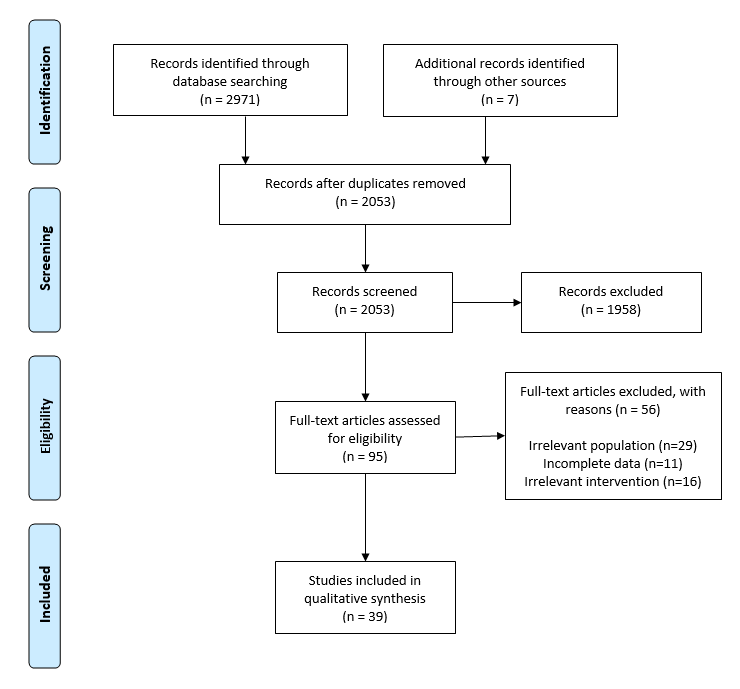Systematic-style reviews answer a question by analysing and summarising all relevant literature. They are a valuable approach used in many disciplines.
These reviews have:
- transparent, reproducible and auditable methods
- a rigorous search designed to locate all eligible studies
- predetermined criteria for including and excluding studies.
There are several different types that all follow a similar process.
You may need to write a narrative review as part of your thesis, confirmation document or journal article.
Should I do a systematic-style review?
Speak with your supervisor or team leader before deciding if this approach is right for your project.
Become familiar with the method and requirements by reading quality reviews from your discipline.
Consider:
- Is there enough literature addressing your question/topic to complete a review?
- Do you have a well-defined review question and clear inclusion criteria?
- Does any existing, recent review sufficiently address your review question?
- Do you have adequate resources (time, money, human) to complete a reliable review?
If your scope is very broad with a large amount of literature to analyse, consider conducting a bibliometric analysis instead.
If you are in the social sciences, examine different social sciences protocol approaches.
Before starting, ensure you understand the:
- steps involved
- types of review available
- time commitment
- reporting and recordkeeping requirements
- importance of reproducibility and transparency in this type of review
- differences between narrative and systematic-style reviews.
Understand the process
The process you follow depends on your review type. Speak with your supervisor or team leader to ensure you use the correct approach.
Keep good records

Good record keeping is essential. Accurate and complete records ensure your review is transparent, reproducible and auditable.
We recommend you set up a spreadsheet or table that lists:
- where you searched, and when
- keywords or phrases searched
- search filters used, for example, limiting by publication type or year
- number of results retrieved.
Remember
You will need to record the number of results from each database or source before removing duplicates and starting the screening process.
These numbers are usually reported in a PRISMA Flow Diagram.
PRISMA-S provide a checklist to ensure all aspects of your search are reported fully.
Use tools to manage the process
For assistance with these tools refer to their self-help resources.
Covidence
A web-based tool to help with:
- screening
- data extraction
- keeping track of your work.
Systematic review accelerator
A suite of tools designed for health systematic reviews, useful for:
- perfecting search strategies
- screening support
- review management.
Systematic review toolbox
Search for tools to support systematic review tasks.
- find software, including automation tools
- access guidelines and standards.
Ask the library
We are here to help!
Find us in the libraries or contact us by phone or online.
Copyright matters
Find information and support for all aspects of your copyright compliance obligations.
eResearch services
For help with your research technology, data science and technical infrastructure needs.
Office for research
For help with research grant funding opportunities, ethical and IP matters.
Workshops
Attend a workshop targeted to support you throughout the research lifecycle.
Griffith University Research Methods Advisors
For advanced statistical advice.
Digital dexterity
Digital skills have never been more important. Discover your digital dexterity with our self-evaluation tool and identify areas you can improve.